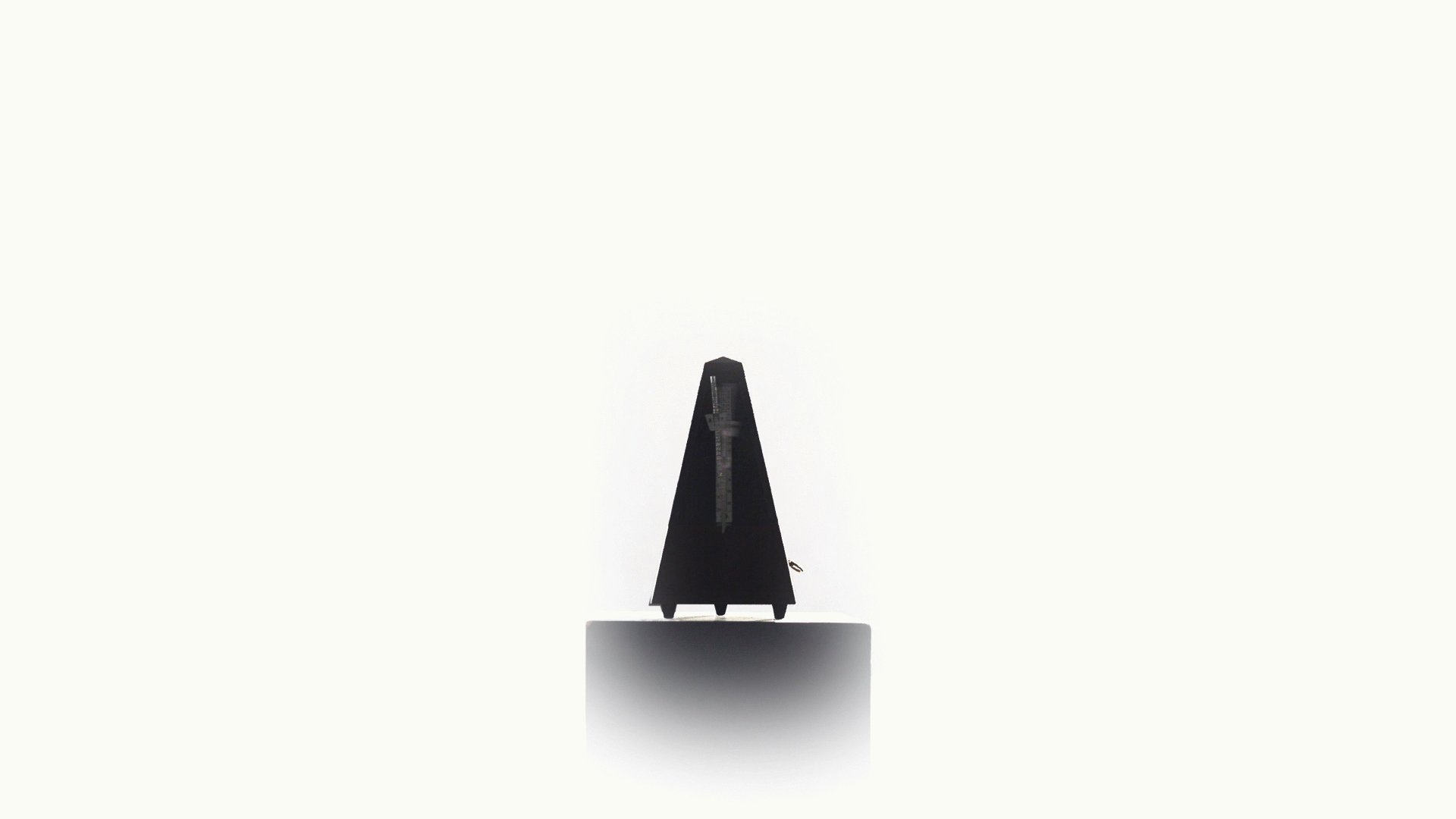
The average person spends at least an hour a day waiting in line. Add to this the uncountable seconds, minutes, weeks spent waiting for something that might have no line at all.
Some of that waiting is subtle. We wait for water to come out of the faucet when we turn the knob. We wait for water on the stove to boil, and start to feel impatient. We wait for the seasons to change. Some of the waiting we do is less subtle, and can often be tense or annoying: waiting for a Web page to load, waiting in bumper-to-bumper traffic, or waiting for the results of a dreaded medical test.
No one likes to suffer the frustration of waiting. Thus all of us, consumers and companies alike, often try to find ways to beat the ticking hand of time. We go out of our way to find the quickest option or any other means to reduce our frustration. When any interaction with products or service providers happens quickly, we attribute this efficiency to the perceived simplicity of experience.
Achieving notable efficiencies in speed are exemplified by overnight delivery services like FedEx and even the ordering process for a McDonald's hamburger. When forced to wait, life seems unnecessarily complex. Savings in time feel like simplicity. And we are thankfully loyal when it happens, which is rare.